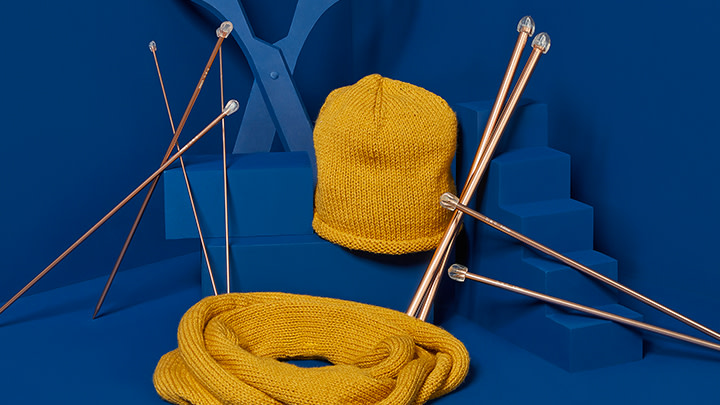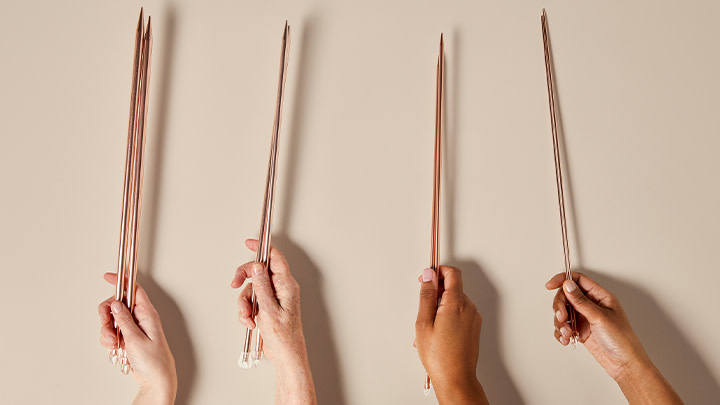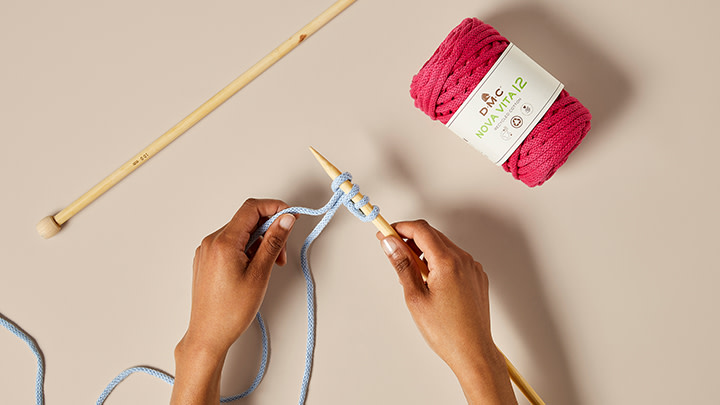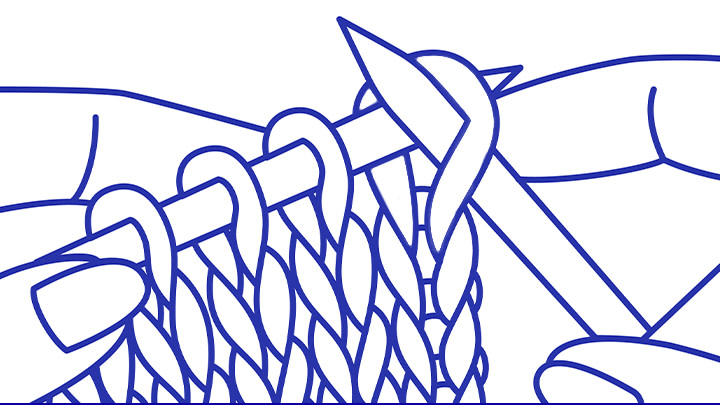Knitting tension, also known as gauge, refers to the number of stitches and rows worked over a given measurement, usually a 10x10cm/4x4in square. Your tension is determined by the size of your knitting needles and the weight of the yarn you use as well as how you hold your needles and yarn while you work.
How Important is Tension in Knitting?
The tension required for a pattern is normally listed at the start, and it’s important that you make sure you match it before you get started, otherwise your finished project could be either too small or too big. Getting the correct tension might involve doing several experiments, each time changing the size of your knitting needles until you find the perfect match. Checking your tension is a normal and important part of preparing to start a knitting pattern whether you are a complete beginner or an experienced knitter, so don’t feel you have failed if you don’t get the correct tension the first time!
How to Make a Tension Square or Swatch
Using the yarn and knitting needles specified by the pattern, make a square in the same stitch being used in the pattern. As you will take your measurements from 10cm/4in, make a square that’s larger than this to allow for a margin around the edge. Cast off and lay out the square on a flat surface without stretching it.
How To Check Your Knitting Tension
Once you have knitted your swatch, lay a ruler horizontally across a row of stitches and mark out 10cm/4in with pins. Then do the same vertically to mark out 10cm/4in of rows. Count the number of stitches and rows between the pins and make a note.
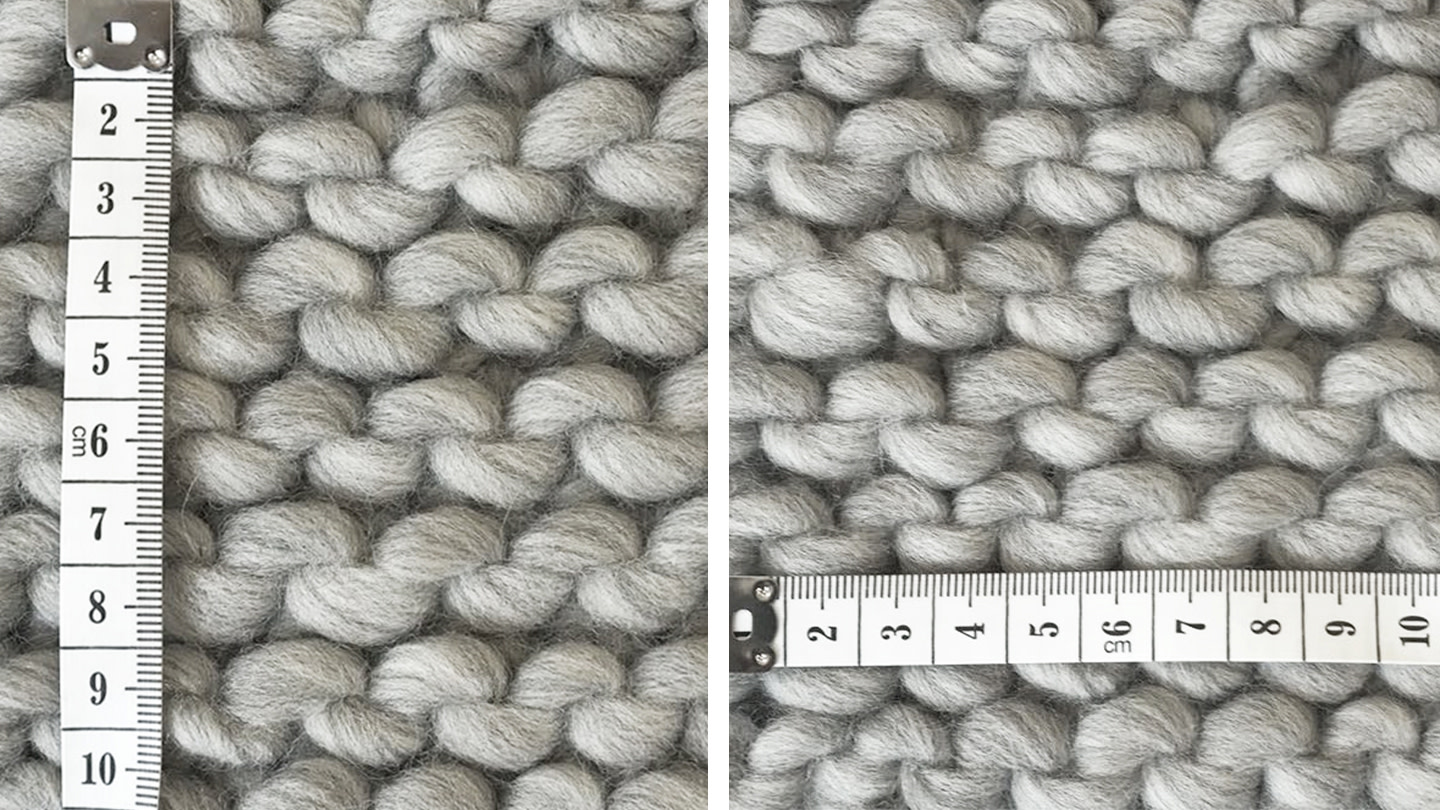
How To Change Your Knitting Tension
If you have more stitches and rows than specified in the pattern, make another tension square using larger knitting needles. If you have fewer stitches and rows than specified in the pattern, make another tension square using smaller knitting needles. You should only start working from the pattern when you have adjusted the size of your knitting needles to achieve the correct tension.



